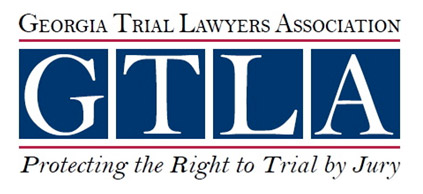The recent outbreak of fungal meningitis has many people asking questions about the safety of compounding pharmacies and the origins of many of the medicines we put into our systems everyday. Something that many may not realize is just how hard it can be to track down the source of the drugs that you take on a daily basis.
So far the Centers for Disease Control and Prevention has said that the fungal meningitis outbreak has made 185 people sick in 12 states and caused 14 deaths. The outbreak was linked to a batch of injectable steroids that have since been recalled by the New England Compounding Center, a compounding pharmacy in Massachusetts. The facility has announced that as many as 14,000 patients have been treated with the steroids and may be at risk.
Compounders have recently played an important role in the medical field given the increasing occurrence of drug shortages. The pharmacies have been able to step in and provide some much needed supplies when the big manufacturers are down. Compounders are also useful as cheaper alternatives to the big name brands.
The recent rash of cases has pointed out a gap in the current FDA inspection regime. Though the FDA regularly inspects large pharmaceutical factories, it keeps out of inspecting compounding pharmacies, instead allowing states to handle that.
It’s hard to pin down exactly where medications come from. Learning the source of an injectable drug given in a hospital or clinic may be even harder. The fact is that many patients may not even know what a compounded drug is, let alone know where to begin to find out where it came from. Moreover, doctors aren’t accustomed to providing answers as few if any patients ever bother to ask.
Even many medical professionals are unaware of where the drugs they prescribe come from. This is because most drugs are purchased in large quantities from a central provider then distributed as necessary. Middlemen act as barriers between doctors and the manufacturers, providing yet another impediment to discovering the origin of drugs. Experts say that doctors may not be able to answer the question unless the specific vial of drugs contains information about the origins of the product.
Another possible source of information for concerned patients is the hospital’s procurement office or in-house pharmacy. Both departments are often in charge of ordering drugs and might have more contact with suppliers and other relevant information.
Despite the inconvenience, patients have a right to know where their medications come from and to refuse any compounded medications. Patients can ask to see a medication’s FDA-approved drug label if they are curious and want to be sure about the medicine’s safety. Something to watch for is that compounded drugs do not have to comply with the labeling requirements for a standard FDA-approved drug. This means that the risks of the drugs are typically not disclosed and instructions for safe use are usually not provided on compounded products.
While patients might not be able to inquire about their medications during an emergency operation, elective procedures, like the steroid injections in this case, allow patients plenty of time to find answers. Given the seriousness of the problem, there’s no reason why patients should hesitate in asking for a background on the drugs they take.
If you or someone you know have been injured by a defective product and you would like to discuss your case with an attorney, please call contact the Georgia product liability litigation attorneys at Pope McGlamry P.C. today to schedule a free consultation.
Source: “Patients have few ways to learn source of medications,” by Liz Szabo, published at USAToday.com.




